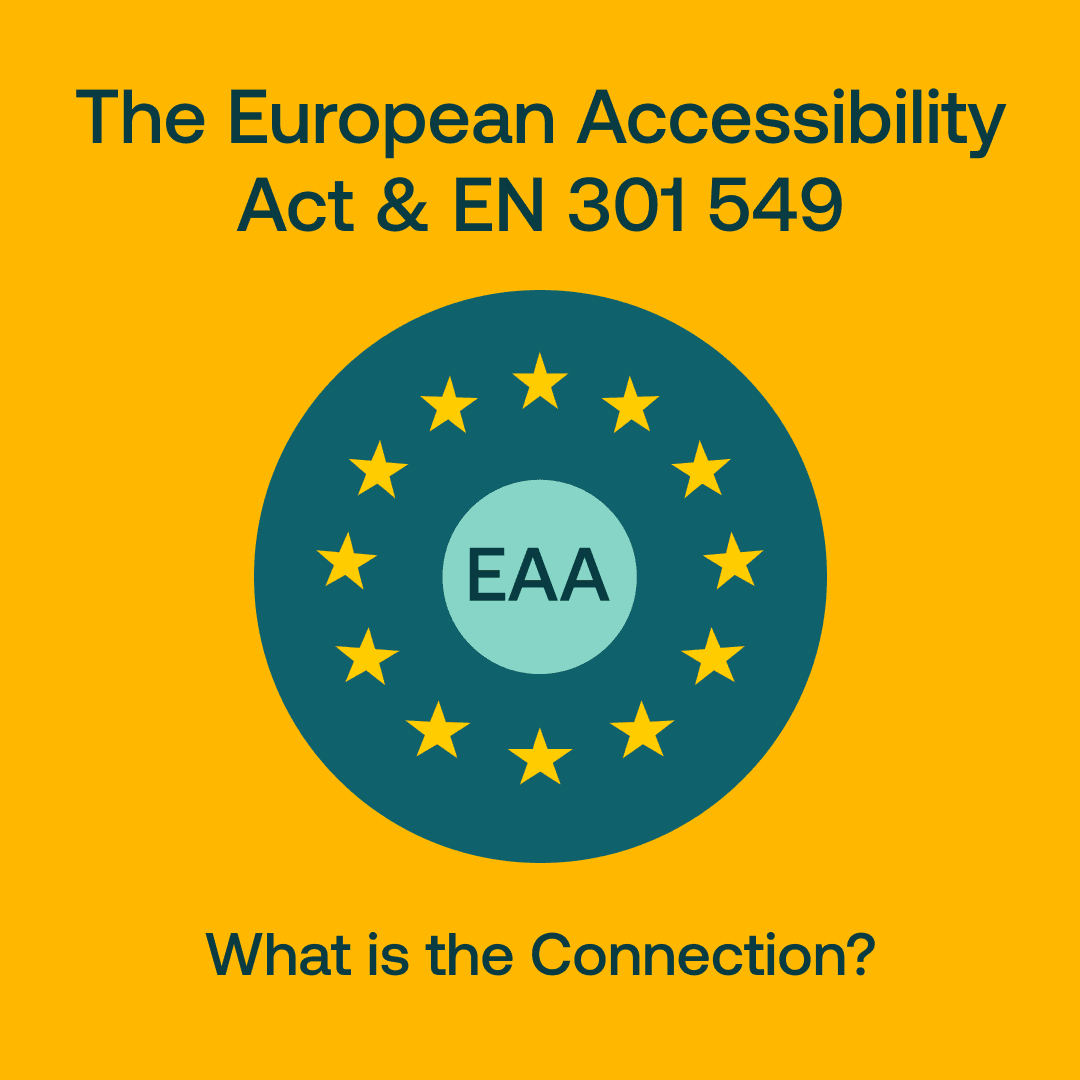The European Accessibility Act & EN 301 549 - What is the Connection?
A client recently asked us whether the European Accessibility Act and EN 301 549 were the same thing. Whilst they are not, we understand that, when talking about digital accessibility, it's easy to confuse guidelines, standards, directives and laws. But knowing the difference can be pretty important. Throughout this post we will outline the key differences between the EAA directive and the relevant guidelines, standards and country-specific legislation that make it work.

